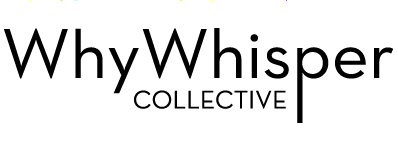At this point, it’s pretty clear that corporate social responsibility (CSR) is a good idea – for your company, your employees, and your community. Companies that are doing it right, like Starbucks, are seeing huge returns and having a remarkable social and/or environmental impact in their communities and beyond.
But once you’re on board with CSR, where do you get started? How do you determine what your programming should look like and how to make it happen? Here are some questions that you can ask yourself to get the ball rolling:
Will you focus your initial efforts internally or externally?
In a perfect world, your CSR strategy would both encompass your internal operations and have a positive impact on your community. But in reality, resources are limited and you may need to focus your efforts in one direction or the other initially. Given your resources and your company’s mission, does it make more sense to start with an employee wellness program, or to look for ways to integrate community impact into your business model?
What are your company’s strengths and weaknesses?
Make a list of your company’s strengths and weaknesses to start to hone in on where you should focus your programming. For example…
- Do you have an especially engaged team? Opt for programming that allows them to connect with and give back to your community.
- Are you a product-focused business? Look into sourcing your products ethically and/or locally.
- Has your business lagged behind when it comes to sustainability? Consider implementing a recycling program or buying office supplies from environmentally conscious sources.
Find opportunities to capitalize on your company’s strengths and improve on its weaknesses, and start there.
What resources do we have to work with?
First, think through the financial resources available for CSR programming. Do you have a budget for it, or will you have to determine which budget buckets you could pull from? Depending on what your programming looks like, you may be able to pull from your HR or recruiting budget for example. After all, having a CSR strategy in place is beneficial for employee acquisition and retention.
Next, consider human resources. Do you have the internal bandwidth and expertise you’ll need to develop and implement that programming, or will you need to work with an outside firm? If you opt for the latter, take the time to find a team that understands your needs and mission, and helps you figure out how to implement your programming in a way that’s cost-effective and sustainable. This is a different kind of consulting, and you need to make sure the team you’re working with has the best interests of the company and your community at heart.
How will you measure your impact?
Before you get started, you’ll want to set benchmarks and goals for your CSR programming, and determine how you will measure success. If you launch your strategy with those benchmarks and goals in mind, you’ll be able to measure and adjust your strategy along the way. Paying attention to and reporting on your achievements and failures in a meaningful way also shows that you care about the efficacy of your programming and making a real impact.
Is your company ready to develop and implement a CSR strategy, but you don’t know where to start? We’re here to help – get in touch!
And if you just want to chat about marketing for impact, CSR, employee wellness, or anything, really, here’s how you can reach us:

